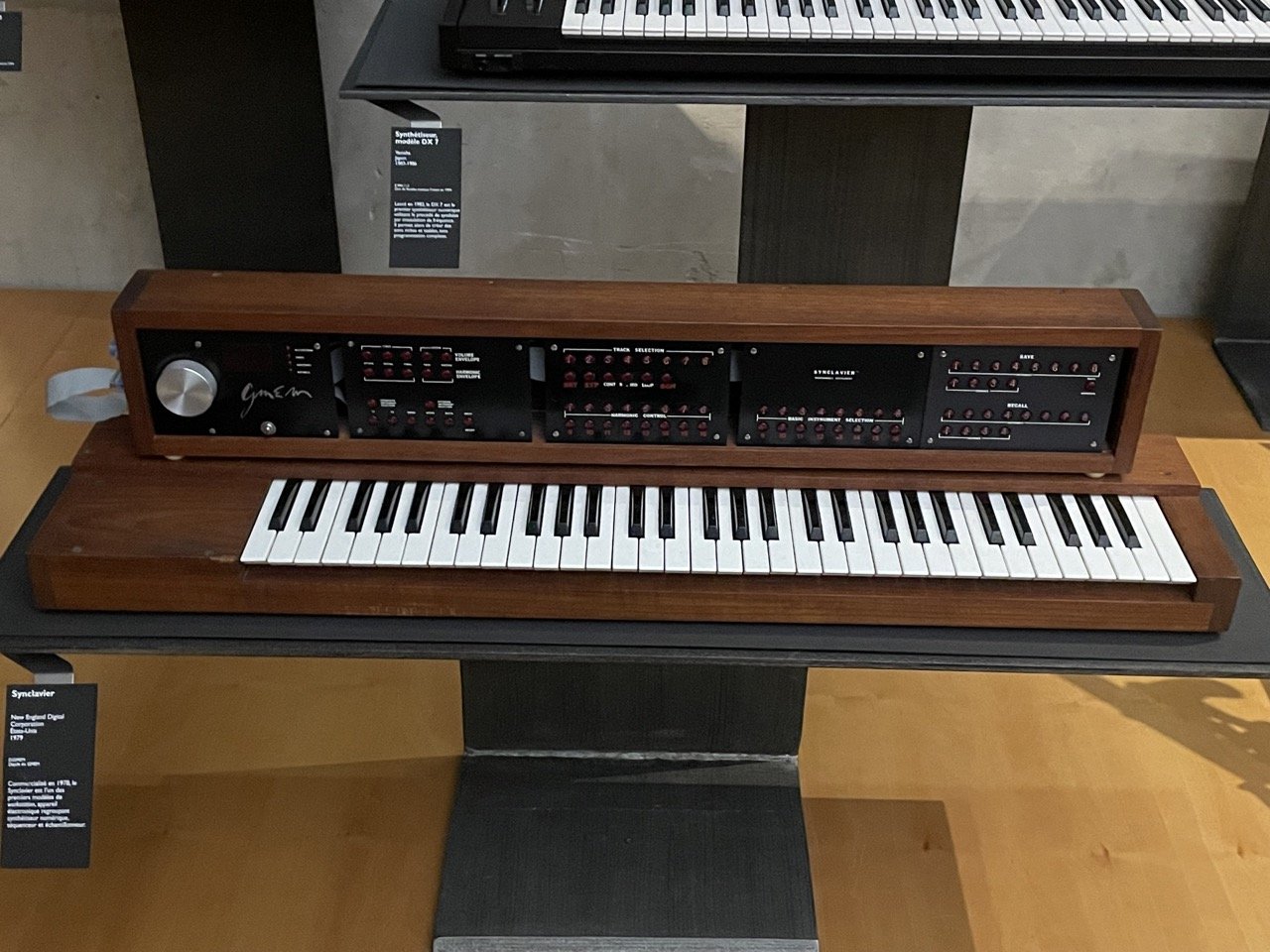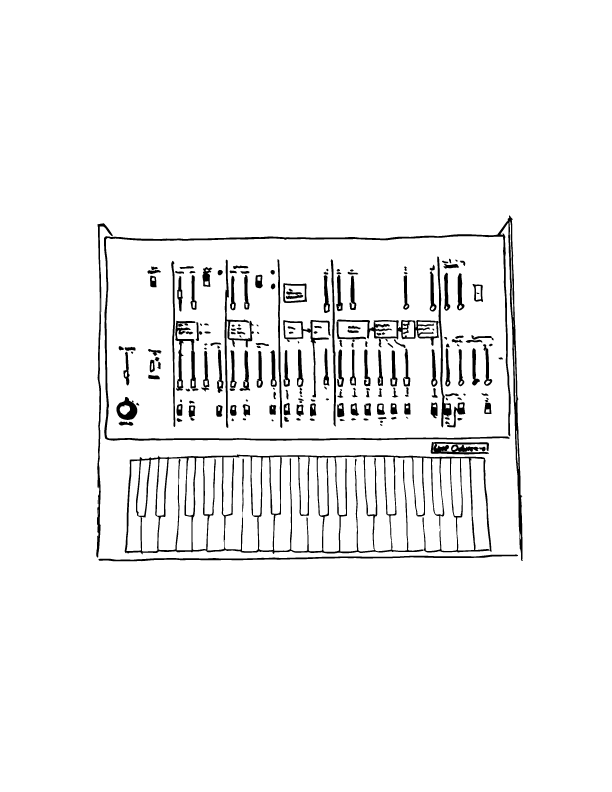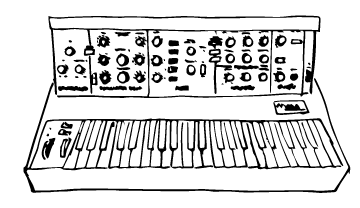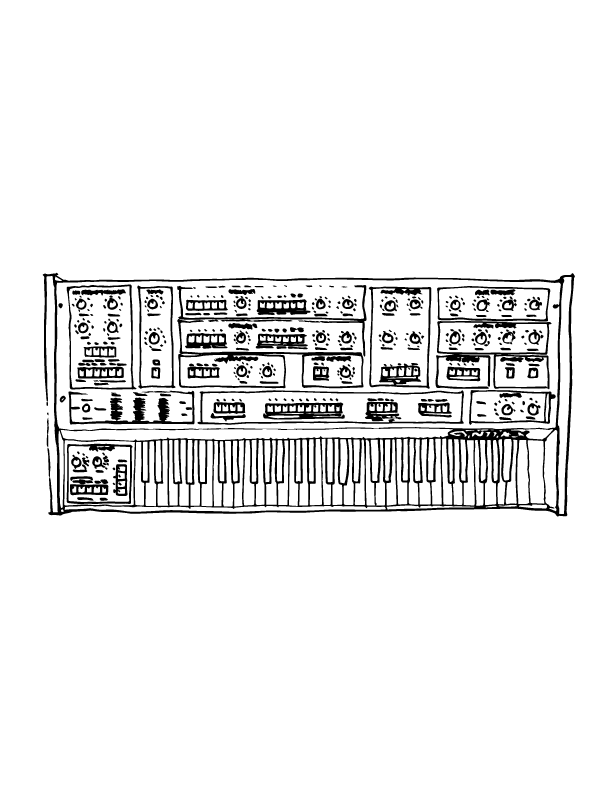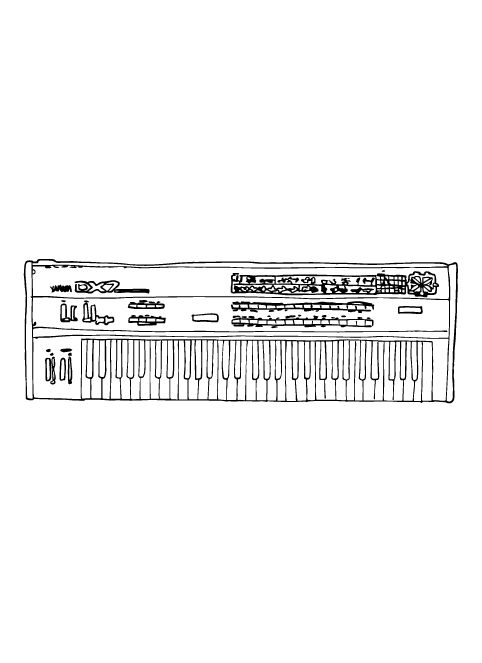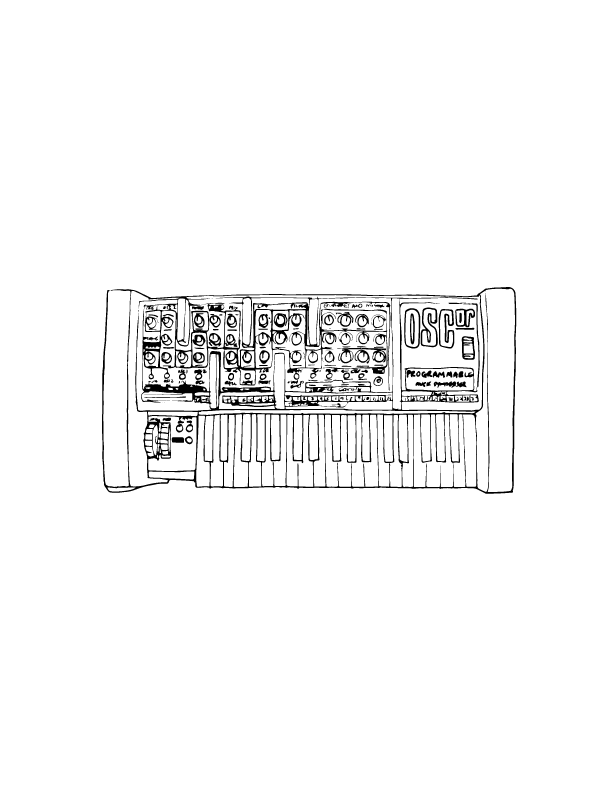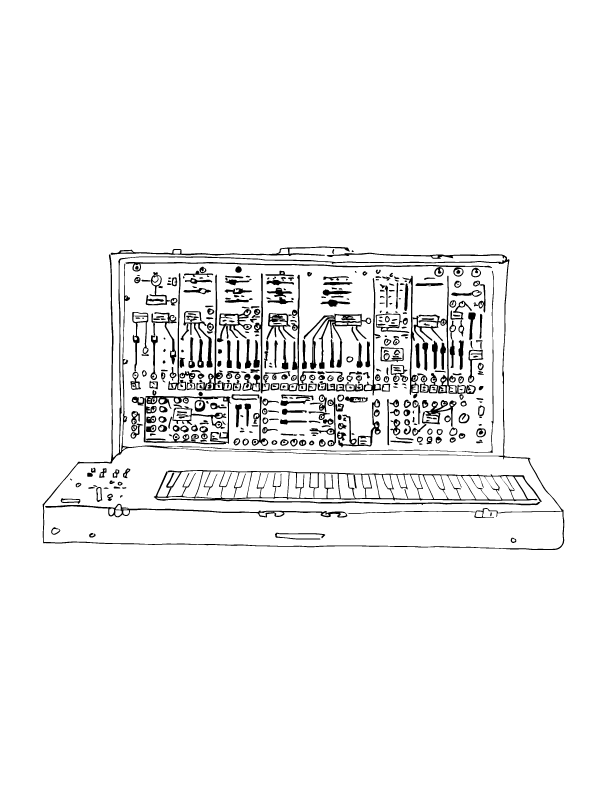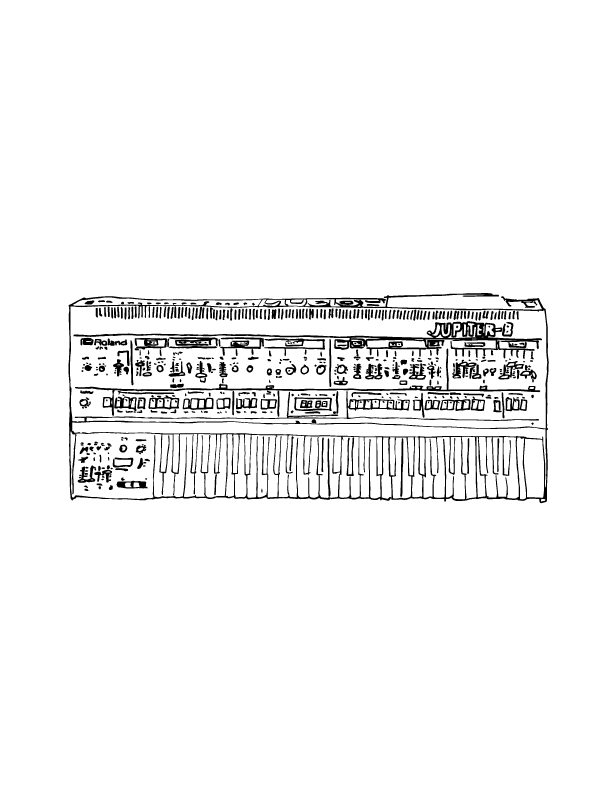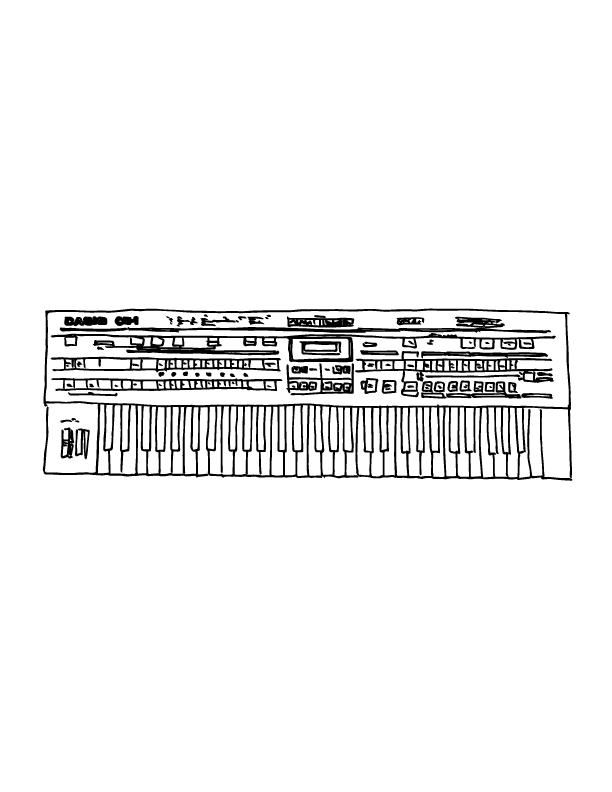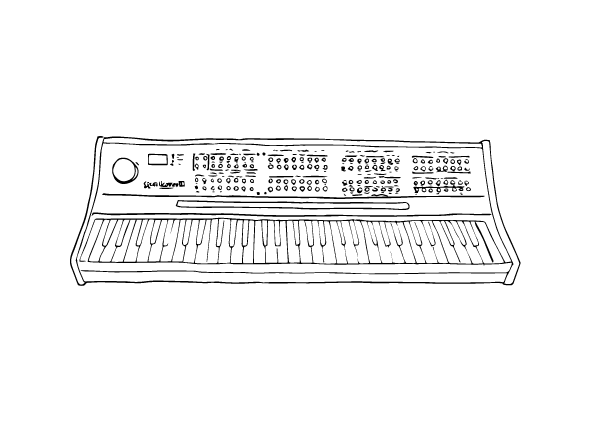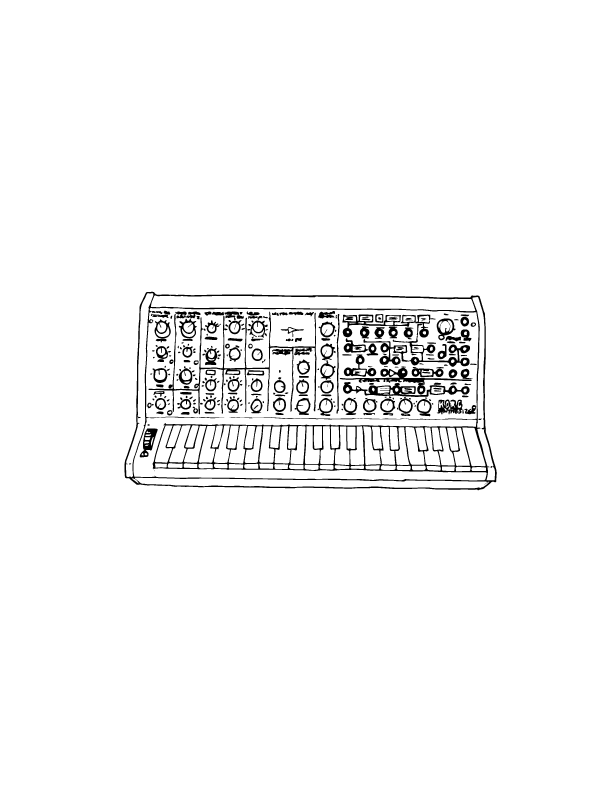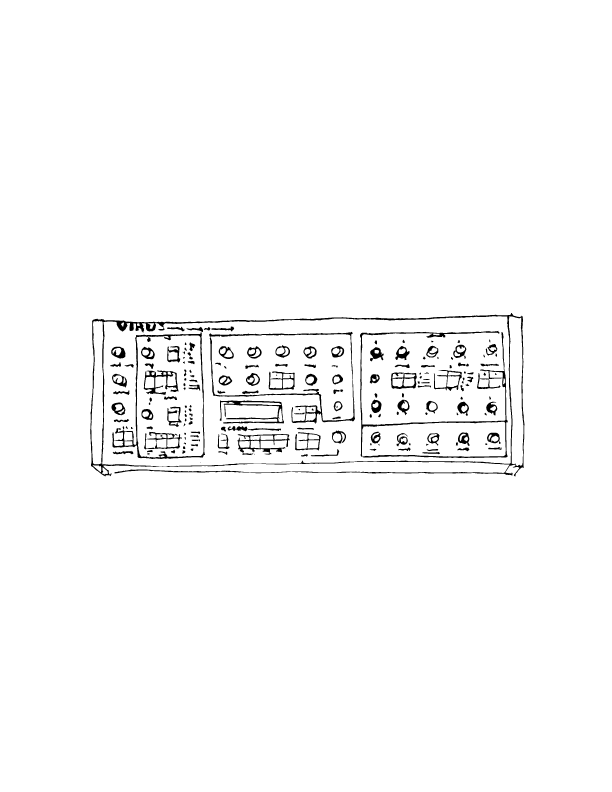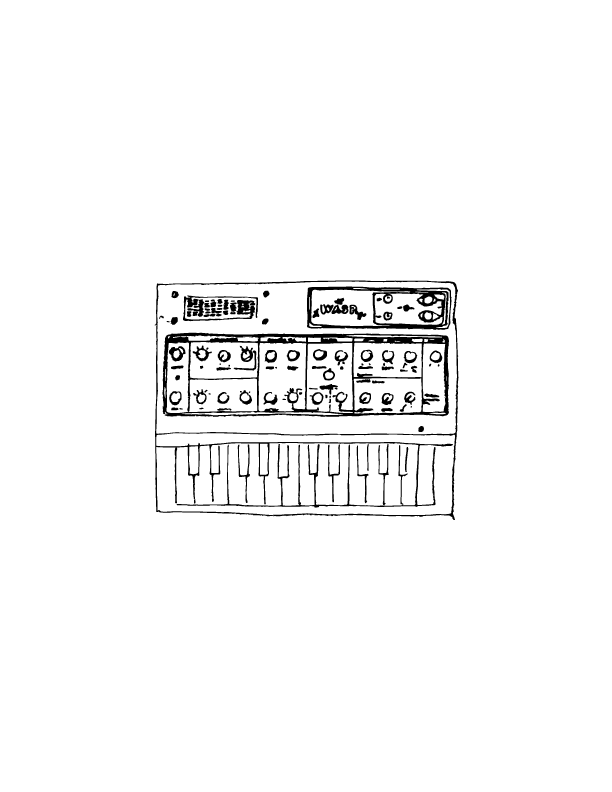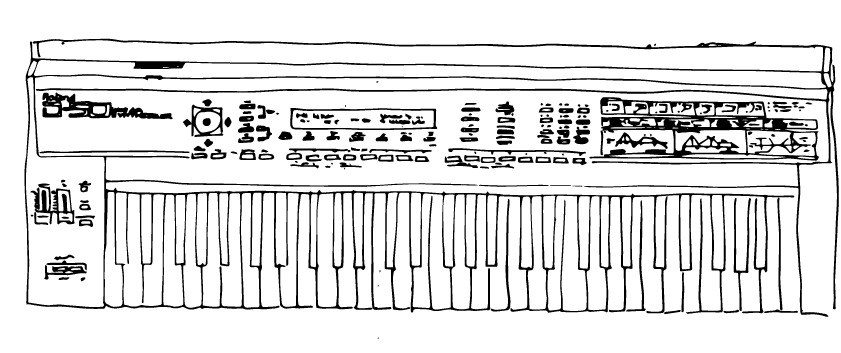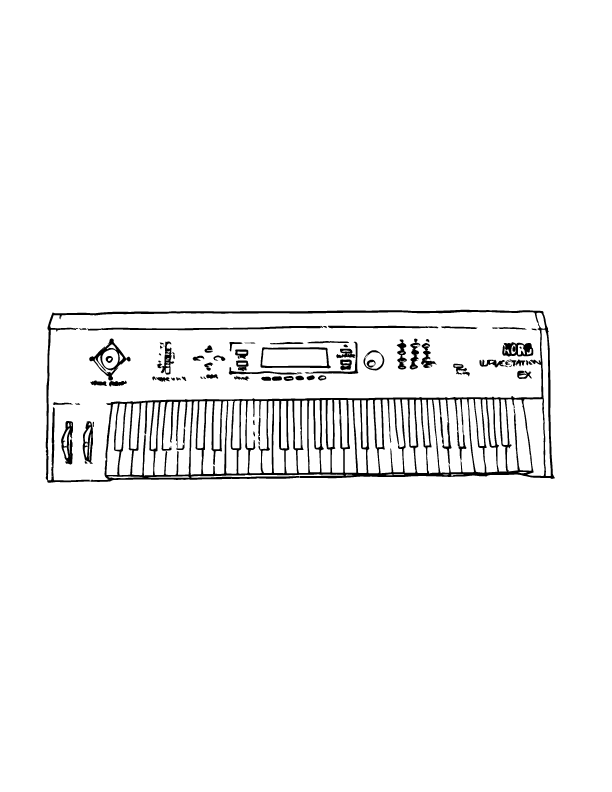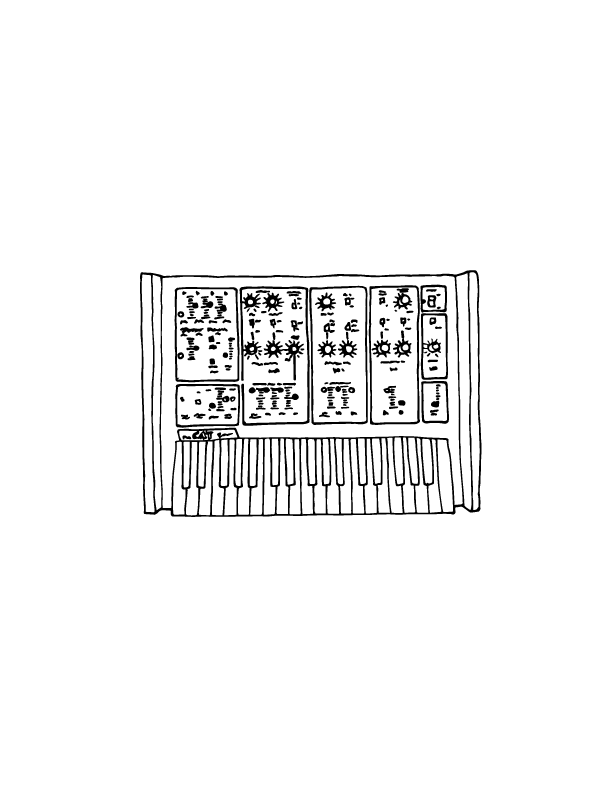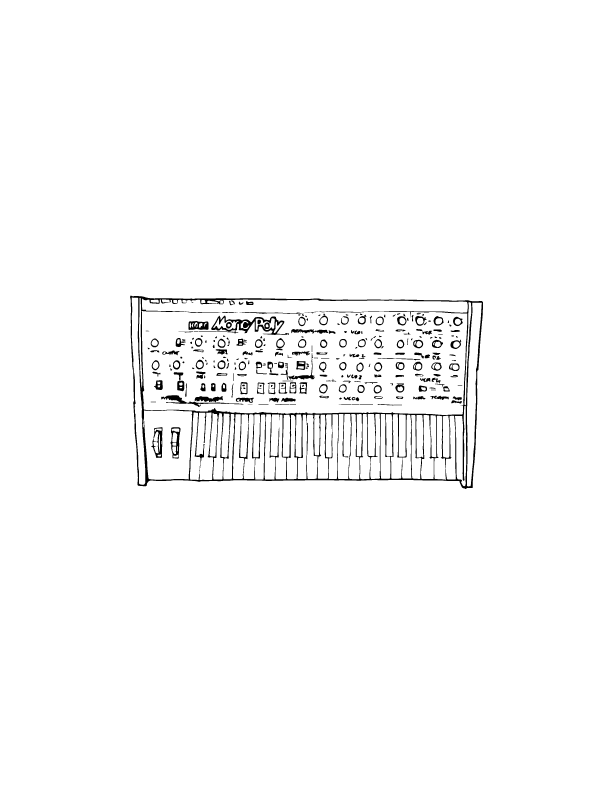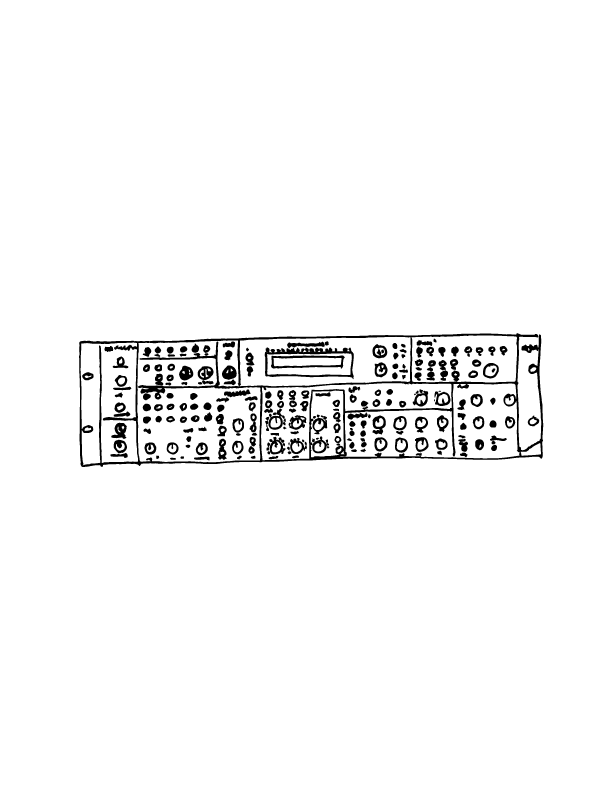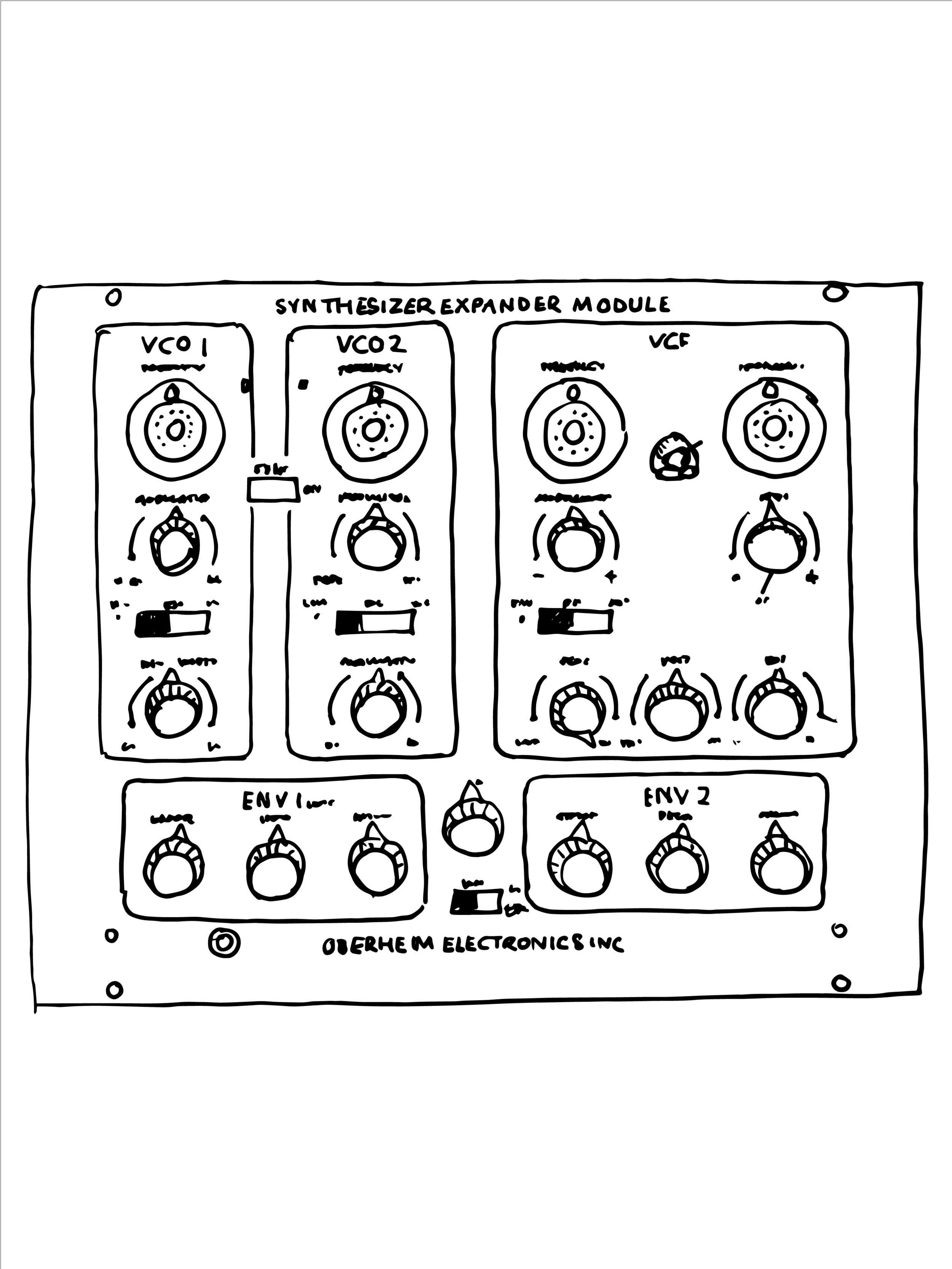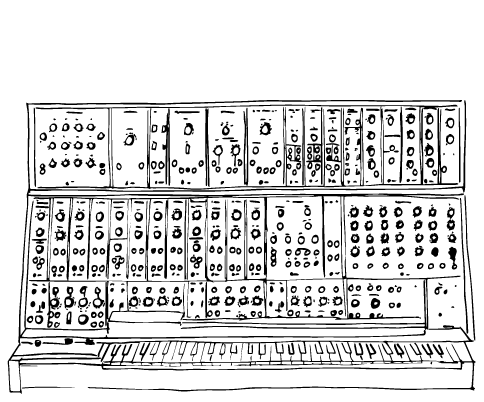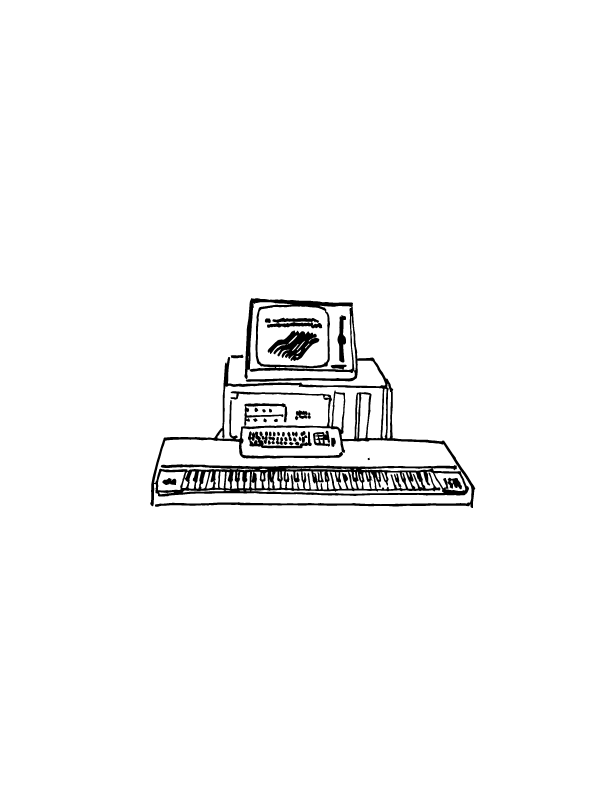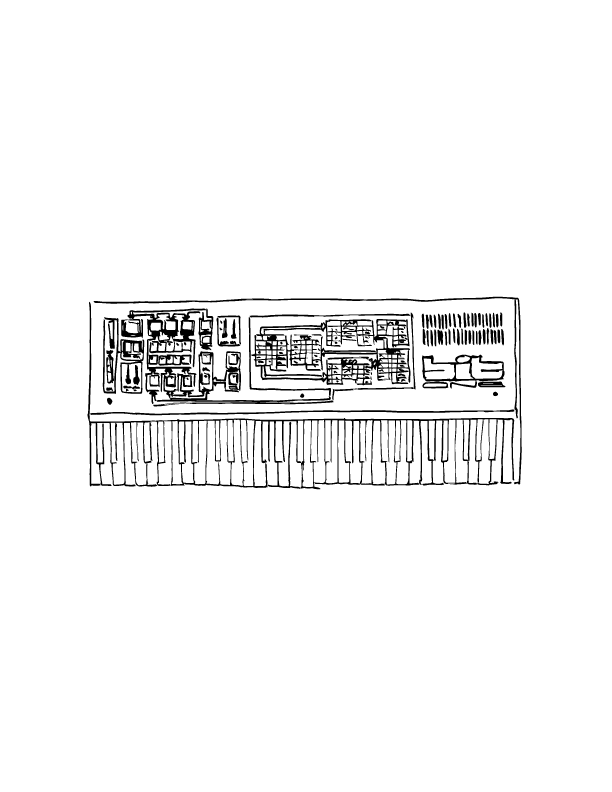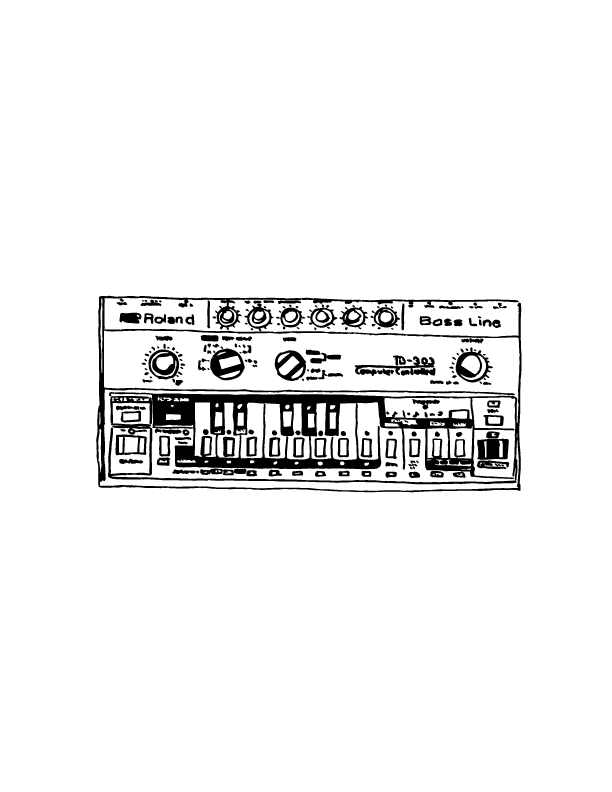I was lucky enough to visit the Musée de la musique in Paris recently and of course lapped up the electronic music instrument collection.
In addition, they have five floors of wonderful instruments from the earliest spinnets and harpischords to early woodwind, brass and world instruments of every type. Anyone who’s interested in music would get something from a visit!
An Épinette - from 1522 - very early harpishcord style instrument. The decoration on these early instruments (of which the museum has several, is breathtaking). As we know, the look of our hardware lends an ineffable quality to how we approach the art of music!
A wonderful example of an Ondes Martenot from 1930. Note the mock keyboard - the notes are triggered using the touch-strip above it. Sound is produced using the heterodyne effect - the difference in frequency between two very high frequency vacuum tubes resulting in a tone in the audio range.
Hammond B3 Model A (1935). Laurens Hammond cracked the secret of making a musical insturment from tonewheel technology - rotating disks in a magnetic field to generate waveforms. The technique dates from the late 19th century (in a 200 tonne instrument, the ‘Telharmonium’), but Hammond made the first commercially successful range. Still sounds great to this day!
Moog Modular - 900 series modules (1964) One of Robert Moog’s earliest modular synths based on the 900 series of oscillators, filters and more. A beautiful looking instrument and along with Don Buchla was the earliest to commercialise the new transistor technology in service of music making.
The Syn-Ket (1963). A less well known transistor and valve based synthesizer designed by Paul Ketoff. As early as the earliest Moogs and Buchlas, but wasn’t a commercially available instrument. It might well qualify as the earliest portable synth! This was built for composer John Eaton (who also worked with Robert Moog over a period of several decades on other novel synth control methods).
Moog Percussion Synthesizer (1971). An intriguing drum synth made by Moog, but never released.
EMS VCS3 (1969). British firm Electronic Music Studios (EMS) made the powerful and successful Voltage Controlled Studio No.3 to fund their ground-breaking digital studios in Putney, London. The VCS3 is nick-named ‘The Putney’.
The Gmebaphone (1973). Extraordinary space-age looking ‘spatial processing’ unit from Italy.
Electroacoustic Studio (1950). Pierre Henry’s equipment from the GRM studios, Paris. Worth noting the rivalry between GRM’s tape based ‘musique concrete’ approach and the Cologne studios’ ‘electronic oscillator’ approach. To the extent that Pierre Henry eventually did allow a synth oscillator to be used in his studios, he directed that it should not be used to make music with directly - you were only allowed to record the tones to tape, and then manipulate them…
New England Digital Synclavier I (1979). This is the first series Synclavier - when it was ‘merely’ a digital additive synth, not a sampler. I was surprised at how ‘modular’ the units are - screwed in blocks of electronics. The Synclavier II looked much less ‘garage project’!
There are plenty of other lovely instruments - claviolines, ondiolines, theremins, electric violins and other delights. I highly recommend it. There’s nothing like being in the presence of these wonderful instruments. The only shame is that you can’t actually play them…the only downside of these literal ‘museum pieces’!
https://philharmoniedeparis.fr/en/activity/exposition/26625-collection-permanente









